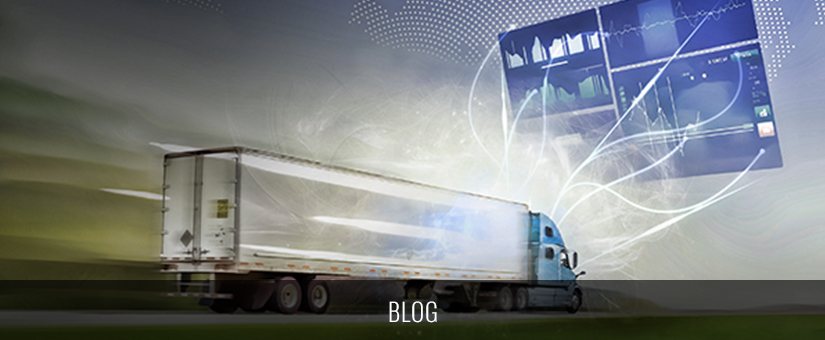
Revising the ROI of Truck Safety Technologies
In our last blog post, we focused on technology advances to help younger drivers if interstate driving becomes a reality. In light of ATRI’s list of 2019 initiatives, it’s important to continually look at evolving truck safety technologies and the ROI of each. Previously, ATRI focused on roll stability, forward collision warning and lane departure warning systems.
When determining the ROI of a safety technology, it’s important to keep in mind that the Federal Motor Carrier Safety Administration found that the average cost of a truck crash including all types of trucks was nearly $150,000. As well, the U.S. Department of Transportation’s Office of the Assistant Secretary of Research and Technology, estimated the cost of a truck collision avoidance system at between $2,500 and $4,000 per truck in 2014. Assuming prices have gone up since then, they’re still a bargain compared to the cost of an accident. Yet, 30% of a fleet’s budget, typically, is spent on preventable collisions, violations and citations.
Interestingly, one truck safety technology not on ATRI’s list is video safety. The ROI of video safety can be measured based on a variety of current expenses – and a reduction of those expenses over time. These can include:
- Collision expenses – including towing, repair, delayed or lost orders (due to the truck being out of service), etc.
- Mystery damage and property damage
- Accident reconstruction and litigation
- Increased insurance and claims costs
- Maintenance
- Fuel
Each day, more and more transportation companies are adding video safety and are reporting on savings from their efforts.
“With video, there’s some real quantifiable ROI. We can teach our drivers to be safer drivers. We can subrogate against other drivers who have hit us and have their insurance pay versus ours. And we’ve had drivers get tickets dismissed because they weren’t doing the things they were ticketed for.”
– Rick Williams, CEO, Central Oregon Truck Company
Reinforcing the importance of video safety is the AAA Foundation for Traffic Safety, which states that equipping large trucks with advanced safety technologies has the potential to prevent up to 63,000 truck-related crashes each year. In 2015, large trucks were involved in more than 400,000 crashes that resulted in more than 4,000 deaths and 116,000 injuries — a 4% increase from 2014. AAA recommends that all large trucks, both existing and new, get equipped with cost- effective technologies that improve safety for everyone on the road. In addition to preventing as many as 63,000 crashes, video-based onboard safety monitoring systems can prevent 1,342 injuries and 115 deaths each year.
Measuring ROI
When it comes to reducing mystery damage and property damage, video plays a key role in helping a fleet’s bottom line. Video and analytics also play a key role in reducing fuel costs – integral to a fleet’s bottom line performance.
Nussbaum Transportation used video safety to help resolve inefficiencies and cut costs. By observing, coaching and measuring speed management, smooth driving, throttle usage and space management, Nussbaum is now averaging close to 9.0 mpg with a fleet of 300 trucks, with few (if any) drivers below 8.0 mpg.
In addition to the legal and fuel savings, Decker Truck Line realized savings from reduced accident claims. “The time and cost savings provided by a managed service, combined with the direct improvement we see through coaching provides significant savings,” comments Tim Burns, CFO, Decker Truck Line. “It’s reduced our accident claims from $3 million to $760,000 in the last year.”
Typically, 30% of a fleet’s budget is spent on preventable collisions, violations and citations. Whether you pilot a video safety system or go straight to full fleet deployment, the savings will be eye-opening.
Next week, we’ll focus on National Truck Driver Appreciation Week. This blog series will return on September 17 with The Impact of “Nuclear” Verdicts on Trucking.
- Posted by Melissa.Senoff@smartdrive.net
- On 2 September 2019